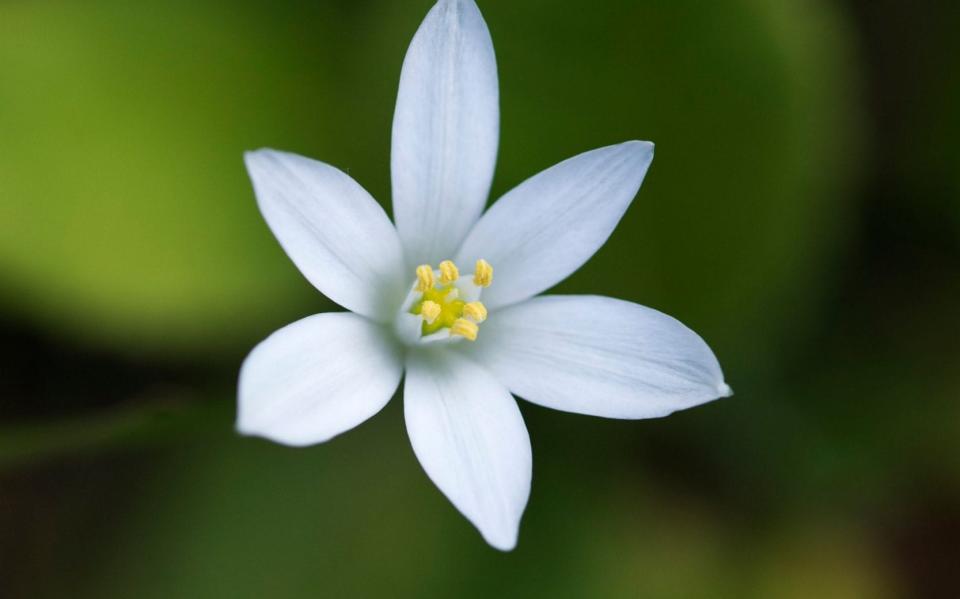Is Derek Jarman's garden a work of art? No, it's more important than that

David Austin on roses. Gertrude Jekyll on colour. Reginald Blomfield on the English formal garden. Culpeper on herbs.
The garden books I’m unpacking might be the favourites of my Aunt Rosemary, the parish council chairman of her village in Suffolk. But open the books and they are signed: “Derek Jarman, Prospect Cottage.”
Jarman died 26 years ago this year, and his books, drawings, tools and paintings go on display in an exhibition that opens at the Garden Museum today. Jarman’s work was an assault on the establishment.
Films such as The Last of England (1987) presented Mrs Thatcher’s England as a fascist, derelict state; as an outspoken activist for gay rights he criticised Ian McKellen as too chummy with the Establishment; Jarman was also one of the first celebrities to speak publicly about having Aids.
Watch Jordan’s Dance, restored by the Luma Foundation and now on the website of Manchester Art Gallery as it prepares to open its postponed exhibition “Protest!” Jordan, the original punk – whom Jarman met at Victoria station and who, he said, gave the Sex Pistols their style – dances in a white tutu around a bonfire of burning books in Deptford. How did a man with such a heat of anger come to give Beth Chatto tips on gravel gardening?
Jarman was a very English radical. He wished to be buried in an ancient and picturesque church in Romney Marsh, but prayed to God to be “reincarnated as queer”, the words carved into one of the “black paintings” on the bedroom wall of Prospect Cottage. Life and death came together in this house and garden he made on Dungeness, recently rescued for the nation almost as Jarman left it, by The Art Fund, Tate, and Creative Folkestone with a £3.5 million campaign.
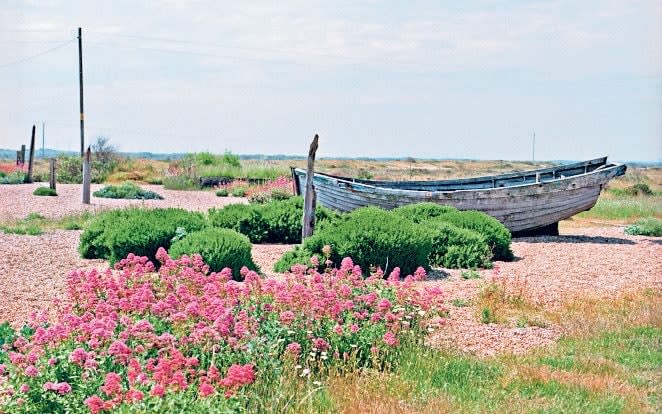
Jarman bought the five-room, gardenless cottage for £32,000 in 1987, using the inheritance from his father. At 44, this was the first home he owned. And on December 22 1986 he’d been diagnosed HIV-positive.
“I bought the cottage as a joke,” he told Anna Pavord, who wrote about his garden for the Independent on Sunday. “It was just such a weird place, a sort of wasteland with that great nuclear power station.” But only half a joke. The Dungeness B reactor sent alarming plumes of smoke into the night, and added an environmental anger to his art. And this was his first, and last, chance to make a garden.
Jarman had imagined gardens all his life – in film, in stage design, and in poetry – and they formed his earliest memories. At the age of three, in 1945, along with his mother and sister, he’d joined his father in Italy – a man who had flown Wellington bombers over Germany, and become a senior air commander.
The family lived in a villa on Lake Maggiore; ripe, abandoned roses and camellias tumbled on lakeside terraces. A fourth birthday present from his parents was an old copy of Beautiful Flowers and How to Grow Them (the illustrations would later inspire costumes for a ballet).
At boarding school, at Canford, Dorset, he won a prize for his flower plot; at Northwood, the family home in suburban Middlesex, he made a rockery. The photos show its contrast to the garden of his father who, now a City commuter, and as upright as a rolled umbrella, was the type who sees a garden as one more front in life’s battle against disorder.
The young Jarman was drawn to a neighbour with a wild, less conventional garden that he depicted in a charcoal drawing, now on show for the first time in the exhibition. She gave the young artist a money plant or Chinese jade: “It’s travelled everywhere,” he laughs in an Arena documentary of 1991. “It’s seen everything. If this plant could talk, you wouldn’t need me.”
During the 1970s and 80s he – and the money plant – lived in a succession of squats in the warehouses facing St Paul’s Cathedral on the south bank (now Terence Conran’s Butler’s Wharf). In one, he slept inside a greenhouse.
He designed gardens for opera (Don Giovanni to inaugurate the ENO at the Coliseum in 1968) and for film (Ken Russell’s The Devils, 1971), and for his sister when she bought a country house in Herefordshire. These gardens are exercises in formal topiary, in the spirit of David Hicks and also Sir Roy Strong’s The Laskett gardens.
Jarman’s heart was always in the Elizabethan Age. He loved magic, and he loved making his own Court, ruled by charm. When he recorded Shakespeare’s sonnets for The Angelic Conversation (1985) “he knew exactly which garden he wanted to film in”, recalls his film producer and collaborator James Mackay. “Montacute.
We snuck in just after the National Trust volunteers opened up.” En route they stopped at the Tudor manor of Curry Mallet, Somerset, where the Jarman family had been billeted after returning from Italy. The red valerian in the cracks of its old brownstone walls evoked schoolboy memories.

The first dawn after receiving his diagnosis of Aids – then, of course, a death sentence – Jarman confided in his diary: “We must fight the fears that threaten our garden… ours is the garden of Will Shakespeare’s sonnets, of Marlowe, Catullus, of Plato and Wilde, all those who have worked and suffered to keep it watered.” To Jarman, a garden was the secret place of dreams and desires, uncompromised by the weather in the streets.
But Prospect Cottage is not a stage set, or a plant pot. It was a reality. As Pavord wrote: “You could scarcely find a crazier place.” Not a tree grew in the dry, wind-rustled stones. Jarman describes its making in Modern Nature, read last year on Radio 4 by Rupert Everett (among the most poetic writing on flowers of modern times).
At Rassells, the nursery in Kensington, a friend on the till laughed as Jarman loaded up with a dozen favourite varieties of roses, including Rosa mundi from the medieval poem Le Roman de la Rose.
According to his partner Keith Collins (famous for his beauty, and how long he could spend in the bath), Jarman first imagined the tar-black Cottage embowered in roses and himself, Jarman, as the handsome prince hacking his way through.
All but three of the roses died in that wind, salt, dryness, and the heat of summer. Native plants flourished, such as sea kale and yellow-horned poppy. But irises were an unexpected success. And what I find most inspiring is that Jarman was determined to override Nature, even if it required embedding mulch, and putting back the pristine shingle afterwards. “Every flower is a triumph,” he told Pavord.
In 1991 Howard Sooley, the photographer, came to shoot the garden; he began to help out. The work he has made since – together with Edwin Smith on Rousham, and Andrew Lawson on Hidcote – is one of the great photographic portraits of a garden.
In his final year Sooley would collect Jarman from the Aids ward at Bartholomew’s and drive via Elizabeth Strangman’s plant nursery at Washfeld (where she was then assisted by Graham Gough, now Marchants Plants at Lewes), and Lydd where Liam Mackenzie had a nursery in his mother’s back garden (now Madrona Nursery, Ashford). Jarman would take off his hospital clothes, and change in to a Moroccan djellaba.
The tools in the exhibition he bought at an antique shop in Appledore, close to Rye, as weathered and worn as the flotsam from which he made sculptures. “I should have been a gardener,” he told Pavord. “Gardening is much better than filming.”
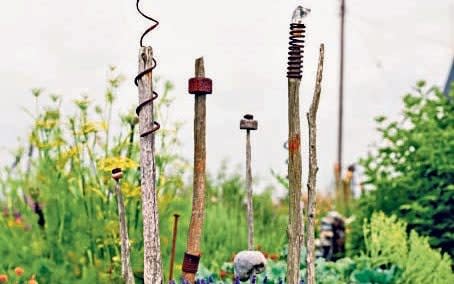
To Jarman, to be a gardener was not to escape from the world but, rather, to suggest how the world might be. At Prospect Cottage he was abetted by the very practical fact that, being on a nature reserve, it was forbidden to put up fences. (As Tim Richardson has noted, it is the only major garden in Britain with no form of boundary.)
But this fits with Jarman’s concept of a garden as not just a private retreat but also a public statement of a view of the world as free, tolerant and wild. And of life – and death – as a great adventure.
On my last visit, the cottage was circled by Italian collectors in fur coats. An American curator’s voice rang across the gravel, talking of “assemblages”, and of art fairs in Miami and Basle. It was as if Prospect Cottage could be picked up and put in a collector’s pocket, sealed forever in the timeless, placeless world of international art discourse.
But Jarman’s garden will always elude the polished containment of the art world. It’s too sexy, too mischievous, too much an obstinate horticultural experiment. (“Peonies are impossible,” finished Pavord. “That is his only regret.”) And all that love and mulch have changed Dungeness: what was once a desert now needs weeding.
The cottage is most itself when a team of garden volunteers rattle Jarman’s old watering cans and sweat in the same sun. Can a garden be a work of art?
No. A garden is much more important than that.
The exhibition Derek Jarman: My garden’s boundaries are the horizon opens today at the Garden Museum, London, until Sept 20. For further information, visit gardenmuseum.org
When Beth met Derek: the gravel garden
By Catherine Horwood
The main inspiration for the layout of Beth Chatto’s gravel garden was a dried-up riverbed she saw in New Zealand in 1989. But fresh ideas for its planting came from much closer to home. In June 1990, Chatto made one of her regular visits to stay with Christopher Lloyd at Great Dixter. One day, they drove over to Dungeness, 50 minutes across Romney Marsh.
Walking back up the beach, they came across a black-painted cabin. Growing beside it was, as Chatto wrote to a friend, “as fine a plant of santolina as you’d never expect to see in such an arid place, like a great windblown fluffy ball come to rest in the shingle together with curious family groups of weird stones, bits of flotsam and jetsam – of wire and other things… we were led by curiosity round the back of this cottage where we were astonished to see the range of plants, all flourishing among sand and pebbles”.
Moments later, Derek Jarman came out of his home. Having discovered who they were, he invited them into the tiny front room. That evening, he wrote in his diary: “They were taking notes and photos. I realised quite quickly that I was in the hands of experts. Beth knew the Latin name of every plant, and when she told me who she was I nearly fell off the Ness.”
Chatto was equally amazed that Jarman knew who she was. That night, she admitted in her diary that she had been affected by the way his plants flourished in that unlikely situation: “We all paint very different canvases, but I had been encouraged by that brief glimpse of his palette to make a gravel garden.”
She was delighted when Jarman sent her a year’s tally of plants growing around Prospect Cottage: sea kale, red and white valerian, sea campion, woody nightshade, Star of Bethlehem, scarlet pimpernel, cinquefoil, hound’s tongue, yellow rocket, hop trefoil, Nottingham catchfly, and many others.
Chatto wrote back bursting with enthusiasm, telling Jarman about her plans for a gravel garden “where last year visitors parked their cars”. She was looking forward to planting it, “inspired in no small way by what you have achieved at Prospect Cottage”.
A year before he died, Jarman visited Chatto, buying plants from her nursery and later sending her seed of a purple oriental poppy she had spotted on the Ness. “The memory of meeting [such] a unique and courageous man has never left me,” she wrote in remembrance. Much as she was herself, she felt he was “sustained by the miracle of growing plants”.
Catherine Horwood is the author of Beth Chatto: A life with plants (Pimpernel Press, £30).
Common hound’s-tongue (Cynoglossum officinale)
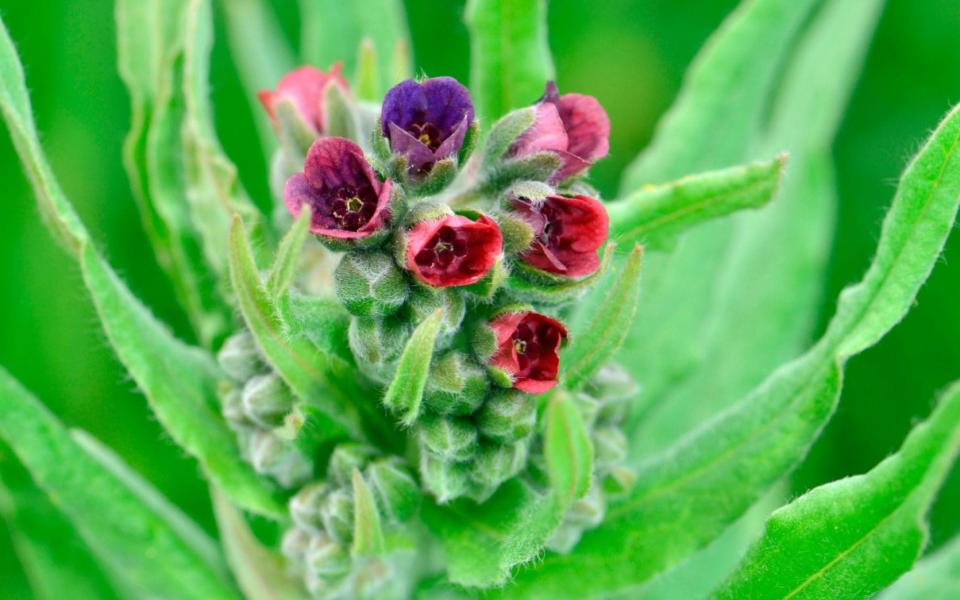
Scarlet pimpernel (Anagallis arvensis)
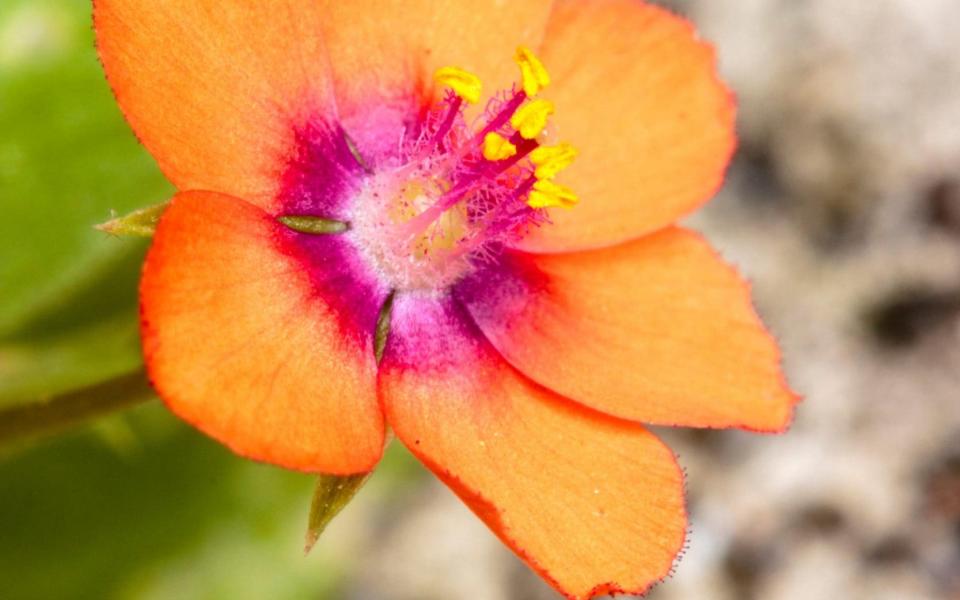
Woody nightshade (Solanum dulcamara)
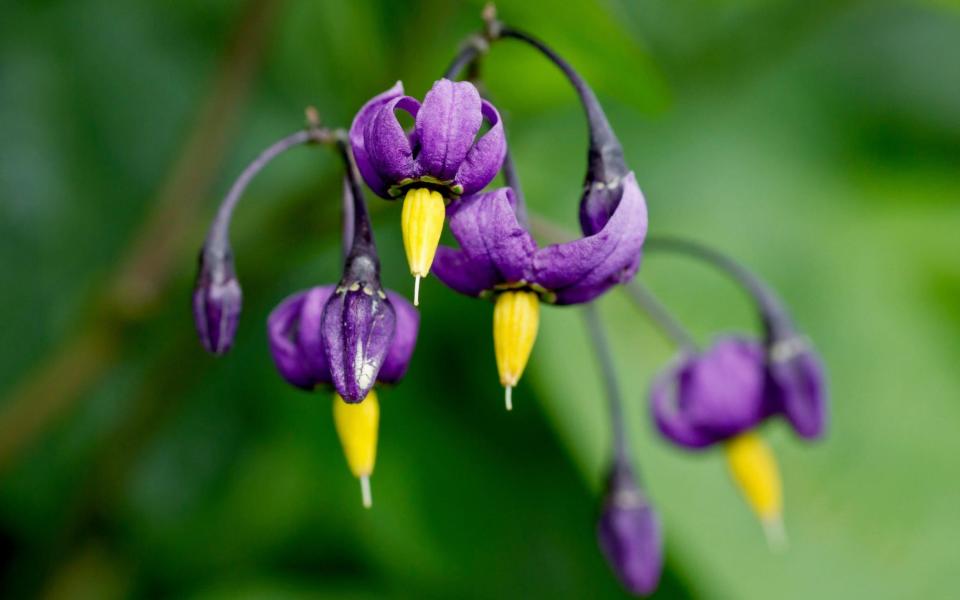
Red valerian (Centranthus ruber)
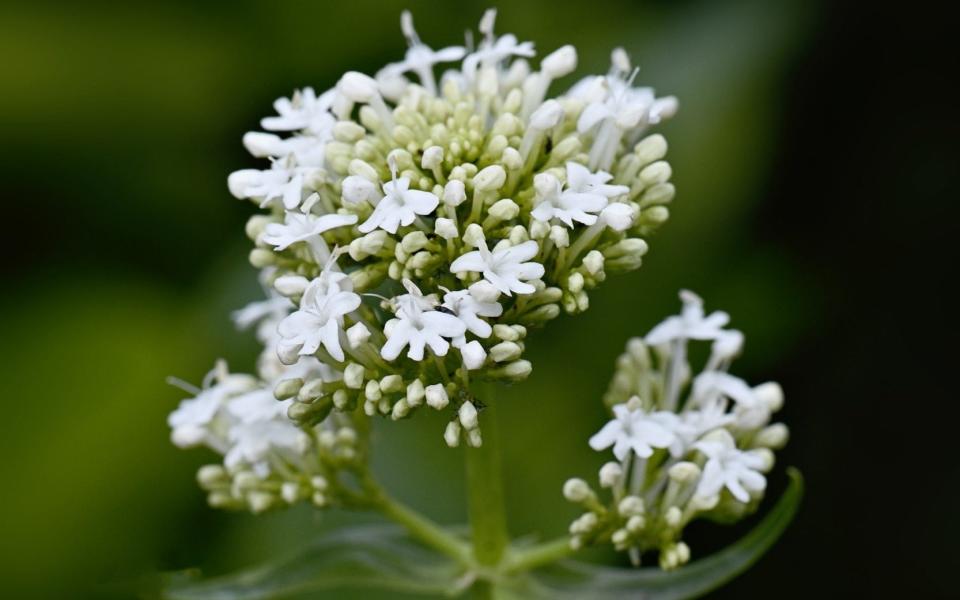
Star of Bethlehem (Ornithogalum umbellatum)
